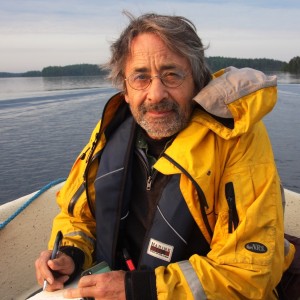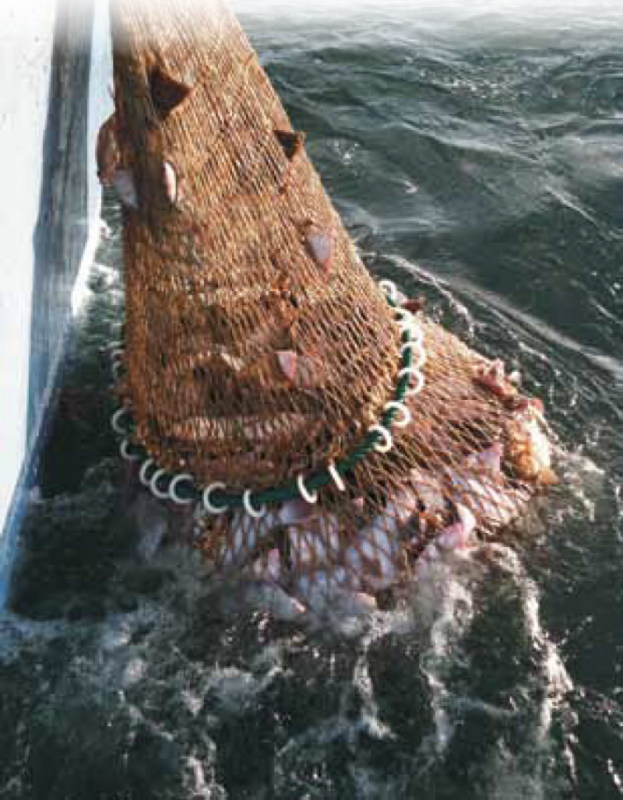Like its predecessor, Seaspiracy, David Attenborough’s new movie, Ocean, is something of a media super trawler, harvesting the attention of millions of people and focusing it on the commercial fishing industry as the cause of our oceans’ declining productivity.
Attenborough ignores pollution; he ignores crashing plankton populations, microplastics, and the economics that drive fisheries decisions. Instead, he chooses to blame trawlers, and only trawlers, for declining fisheries, and offers marine protected areas as the silver bullet solution.
Finnish fisheries expert Petri Suuronen puts the reality in simple terms. “Trawling is not going away,” he says. “Not unless we find some other way to catch the volumes of fish we need to feed the world.”
Suuronen notes that many NGOs want to completely ban trawling. “In some cases, particularly in sensitive areas, trawling should be replaced with other fishing methods,” he acknowledges. “But the Attenborough film and these NGOs ignore the fact that there are many sustainable trawl fisheries.”
Suuronen adds that new technology and communications hold the potential to drastically reduce the bycatch from trawling. “Cameras in the nets are now giving skippers the ability to see what is going into the trawl and they can avoid non-target species when they see them. They get real time information about bycatch hotspots and lift their trawls when their target species isn’t there. They no longer have to fish blind.”
In addition to using technology to help reduce bycatch, Suuronen explains that gear modifications can also reduce impact. “The companies that make trawl doors, for example, are making doors that barely touch the bottom. They are taking the discs off the sweeps.”
As a member of the Working Group on Fishing Technology and Fish Behavior — chaired by Noëlle Yochum, USA, Antonello Sala, Italy, Jon Lansley, Italy — Suuronen attended the June 2024 meeting in St. John’s, Newfoundland. The Working Group’s report, (which can be downloaded here) was submitted to ICES — the International Council for the Exploration of the Sea — and lists a wide array of work that has reduced bycatch and gear impacts on the sea floor, Suuronen believes many of these innovations can reduce the impacts of trawling. “I think AI will be important,” he says. “But there are also alternative gears that we can use. Danish seining, flyshooting, for example, has less impact than trawling.”
When Danish seining, fishermen set out a groundline and wing, then the net and cod end, and then the other wing and groundline returning to a buoy marking the end of the first groundline and surrounding flat fish on bottom. They then haul the net in and scoop up the fish, rather than dragging a trawl net across the seafloor.
“There is also increasing interest in pot fishing,” says Suuronen. “There are so many alternatives being developed I can’t list them all.”
Unlike the fishing vessels it targets, the movie Ocean does nothing to reduce its unintended damage or bycatch, instead, promoting solutions that exclusively impact fishing communities and indiscriminately using one-size-fits all-labels to villainize all trawlers.







